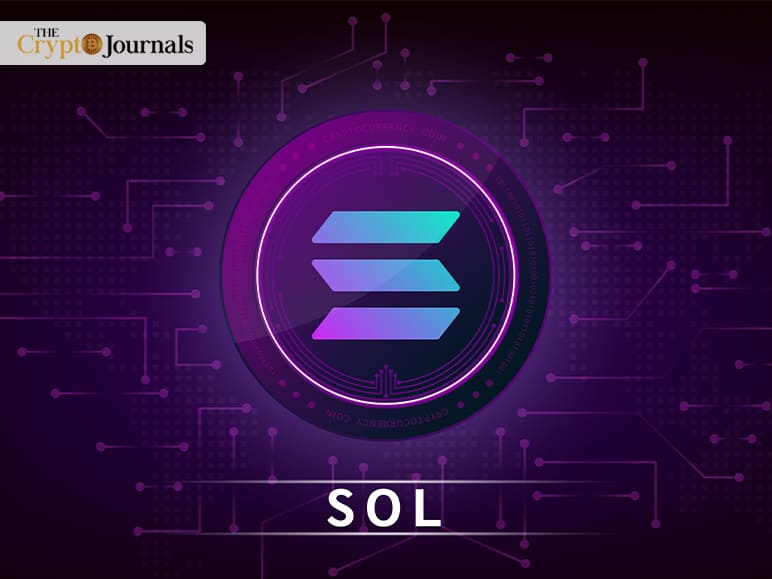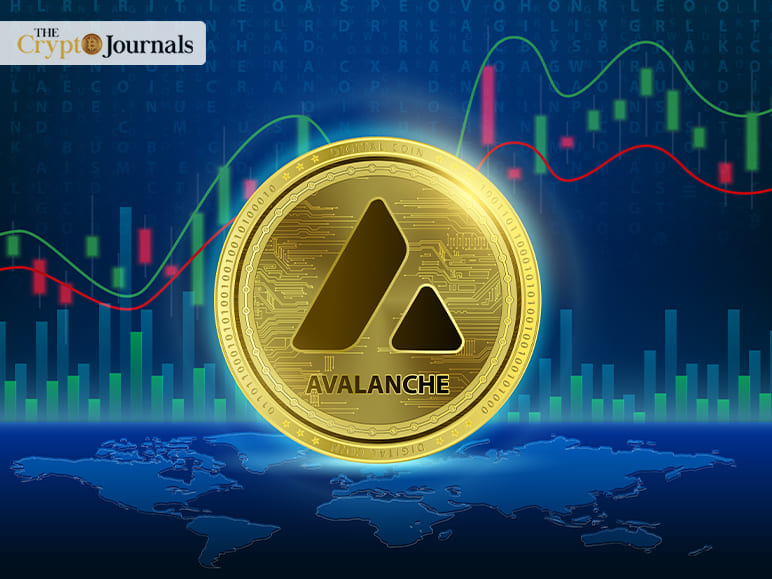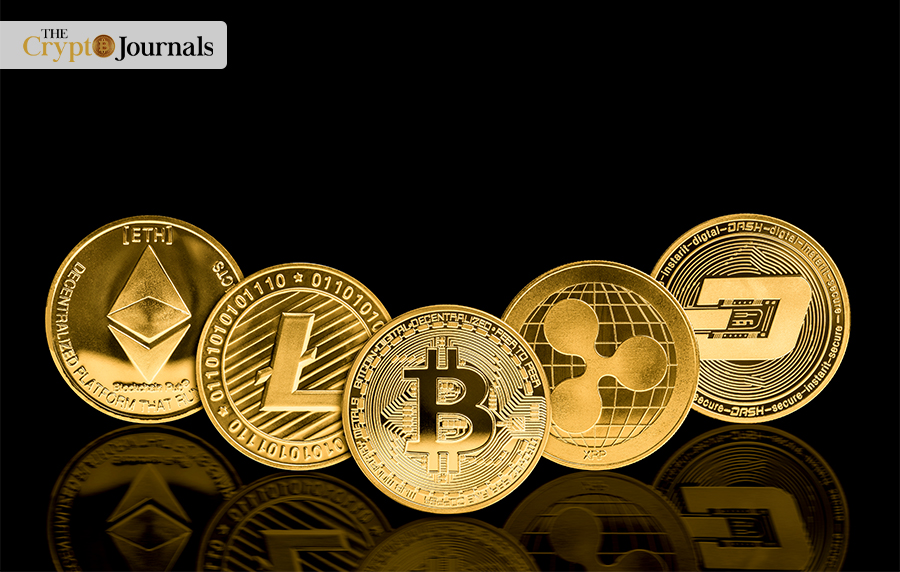Cryptocurrencies are digital currencies secured by blockchain technology. There are different types of cryptocurrencies. Thousands of cryptocurrencies are available.
Cryptocurrencies values are high in the fluctuations. Many cryptocurrencies share blockchain-based infrastructure.
Cryptocurrency is clustered in two different forms one is coin and the other one is tokens. A coin is a cryptocurrency that uses its own independent blockchain.
The tokens are also digital assets like coins. Tokens are the most popular currencies which widely used for buying and selling.
Let’s see how many types of cryptocurrencies are there.
What Are The Different Types Of Cryptocurrencies?
There are two types of cryptocurrencies. The coin and tokens both of these types of cryptos are popular among investors. What is the difference between coins and tokens?
| Coins | Tokens |
| Coins are used to store and transfer the money. | It is valid only for one merchant. |
| Built into a blockchain. | Build at the top of an existing blockchain. |
| Can be distributed through mining. | Distributed through only initial coin offerings. |
| Valid for one merchant only who uses the currency. | Different users can handle and use it. |
Coins work like regular currency. And tokens are created on top of an existing blockchain. These can be used as part of the software application.
10 Most Popular Cryptocurrencies
Here are the most popular names of the cryptocurrencies that investors prefer to purchase.
These types of cryptocurrencies are less volatile and ensure better stability.
1. Bitcoin (BTC)

Bitcoin was the first cryptocurrency that originated back in 2008. It functions on the basis of its own blockchain. The transactions are verified by the army’s decentralized miners.
From 2008 it was in the crypto market. In January 2022 bitcoin turned into the largest market cap. Among many cryptocurrencies, Bitcoin is the most stable one.
2. Ether (ETH)

Ether is the cryptocurrency described in late 2023. This crypto also runs on the Ethereum blockchain. Like other cryptocurrencies, ETH also has its own blockchain the Ether is uncapped.
That means an infinite number of coins can be theoretically created.ETH also supports the smart contacts that run on the Ethereum blockchain. ETH blockchain has its own perspectives when qualities match up.
3. Binance Coin (BNB)

BNB is native to Binance the world’s largest cryptocurrency exchange. From 2021 this crypto is in the market.
Last year the transactional fees were reduced for the users who like to pay in the BNB. This has encouraged the adaptations of the BNB. The value remains the same and stable as a fixed percentage is in circulation.
4. Solana (SOL)

SOL is the native coin of the Solana platform. The functions of the SOL blockchain system are the same as the Bitcoin.
Solana’s platform can function on a blockchain system that can whoop nearly more than 50,000 transactions. This fast trading process makes this platform compatible for investors who searching for fast investment options.
5. Tether (USDT)

Tether is another coin whose values are stable like Bitcoin. Less volatile asset prices are making this a perfect external asset investment option.
The pricing volatility is less. Tether’s primary goal is to increase market stability and liquidity for cryptocurrencies.
Tether intends to reduce the price volatility typically associated with other cryptocurrencies by tying its value to a reliable currency, such as the US dollar.
6. XRP (XRP)

XRP uses the Ripple decentralized digital payment technology to conduct its business.
It keeps an XRP Ledger (XRPL), and a consensus algorithm.
The XRPL uses only the Ripple Protocol Consensus (RPCA) method. As a result, cryptos have the capacity to execute thousands of transactions per second. The XRP algorithm provides quick transaction confirmations.
7. Cardano (ADA)

ADA is another born coin of the Cardano blockchain. This is dubbed a “third-generation” cryptocurrency.
ADA divides the blockchain into two layers to speed up the transaction speed and implement all kinds of native tokens. ADA uses a layering design along with peer-reviewed research for improving security, scalability, and sustainability.
8. USD Coin (USDC)

The USD Coin (USDC). It was introduced through a partnership between Coinbase and Circle like Bitcoin in 2018. The ERC-20 protocol is used by USD Coin, which runs on the Ethereum network.
It makes the USDC easily transferable and compatible with other Ethereum-based tokens and decentralized applications (dApps). It also implies that USDC may be held in Ethereum-compatible wallets and other smart contracts.
9. Aave (AAVE)

Aave encourages secure and independent lending and borrows a variety of cryptocurrencies. Lending idle cryptocurrency holdings to borrowers can be used for multiple purchases.
Aave enables individuals and institutions to earn interest on their holdings.
One of Aave’s distinguishing characteristics is the idea of flash loans. As long as the borrowed money is paid back in the same transaction, users of flash loans can borrow money without providing any form of collateral.
10. Avalanche (AVAX)

The Avalanche platform employs the Avalanche Consensus consensus protocol. That is aimed to provide high throughput, low latency, and energy efficiency.
It uses a different cutting-edge strategy called “meta-consensus” to reach an agreement among network users. This method supports thousands of transactions per second and allows fast transaction confirmation.
Avalanche’s capability to facilitate the development of unique blockchains, referred to as subnets. This can communicate with the main Avalanche network is one of its important features.
Bottom line:
These names and the features are just overviews. There are thousands of digital currencies present in the market. And most of the digital currencies’ nature is volatile.
The developers are also focusing on developing new technologies. These technologies gave birth to many new bitcoins like cryptos. But more stable value cryptos are always on the top priority list of investors.


